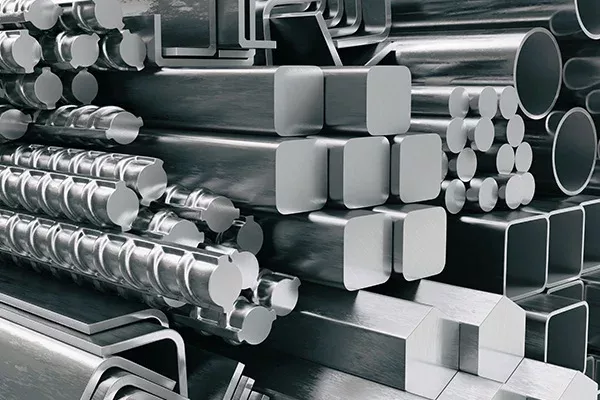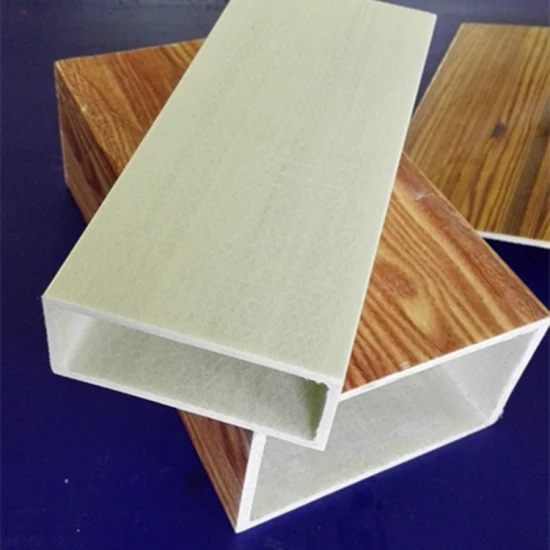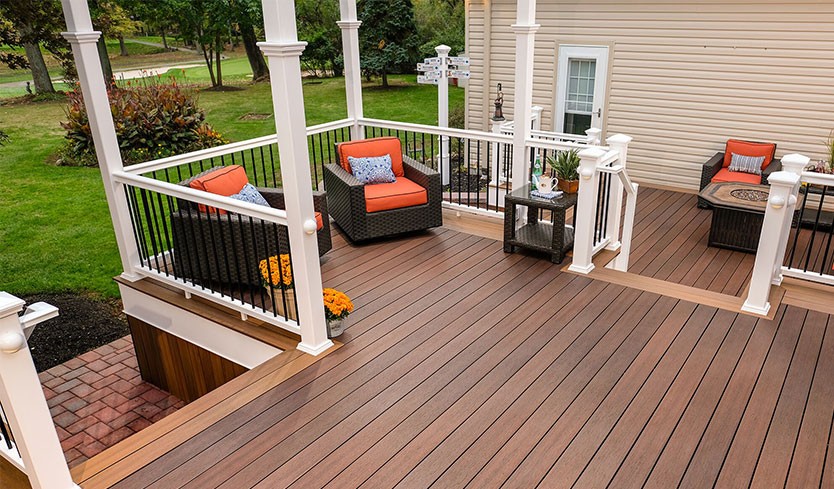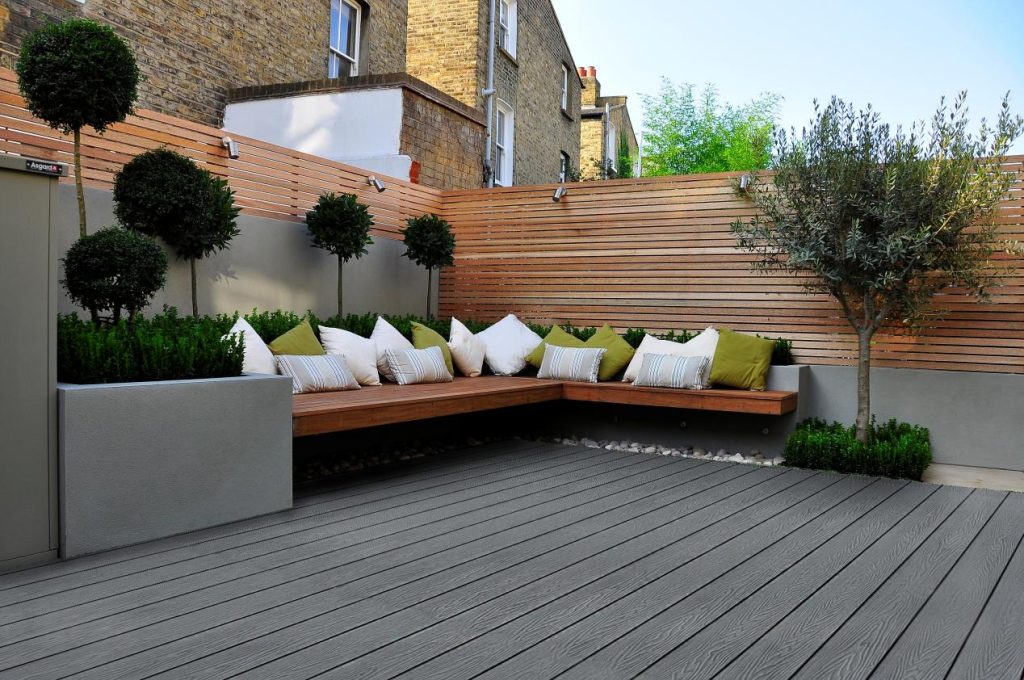Profiles are a common structural material in construction. Traditionally, wood was cut and shaped into various cross-sectional objects to serve as profiles. As metal smelting technology evolved, the concept of profiles expanded to include the cutting and processing of materials like wood, plastic, aluminum, and iron to obtain diverse cross-sectional shapes.

While metal profiles offer superior strength for load-bearing purposes, their use can introduce challenges in terms of aesthetics, as they may appear harsh and have reflective surfaces. Additionally, metals are prone to corrosion, necessitating surface treatment. Some solutions involve cladding metal profiles with plastic wood materials, providing a wood-like visual appeal on the exterior while protecting the metal core.
However, there are limitations with this approach. The commonly used polyethylene, polyvinyl chloride, and polypropylene materials for cladding layers lack physical strength and are susceptible to scratches and abrasions. Various methods, including sarin resin coatings, have been proposed to enhance wear resistance, but these can significantly increase costs.

Moreover, the weak bonding properties between polyolefin-based plasticized wood materials and metal cores require special adhesives, making the layers prone to delamination during use.
To address these challenges, plastic wood-clad FRP (Fiber Reinforced Plastic) composite profiles have emerged. These profiles feature polyolefin plastic wood as the cladding layer and FRP as the core material, produced through an extrusion process. FRP, composed of synthetic resin and reinforcing fibers, greatly improves the bonding performance compared to traditional metals.
Plastic wood-clad FRP composite profiles offer several advantages: they provide a wood-like appearance, better surface wear resistance, higher physical strength, a simplified production process, and lower costs.







